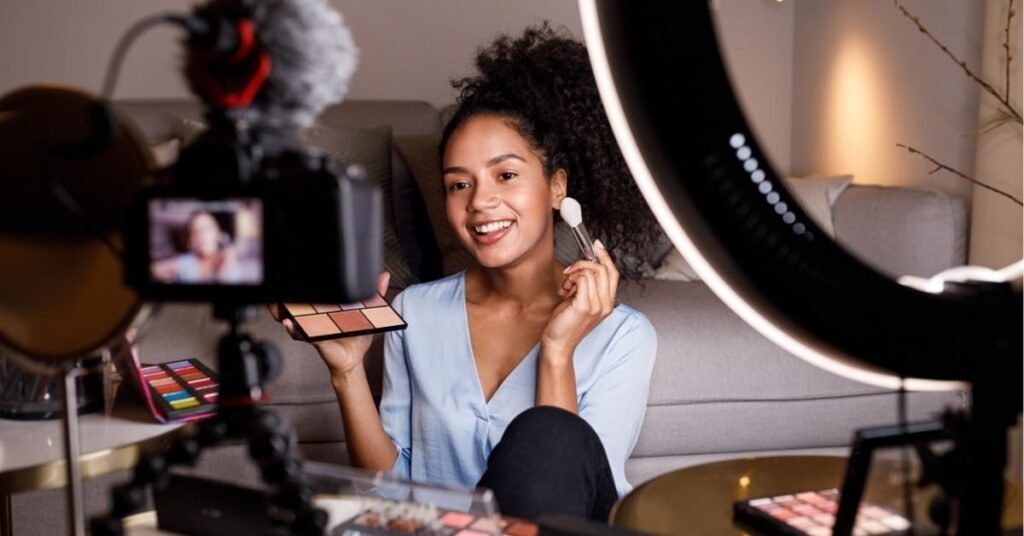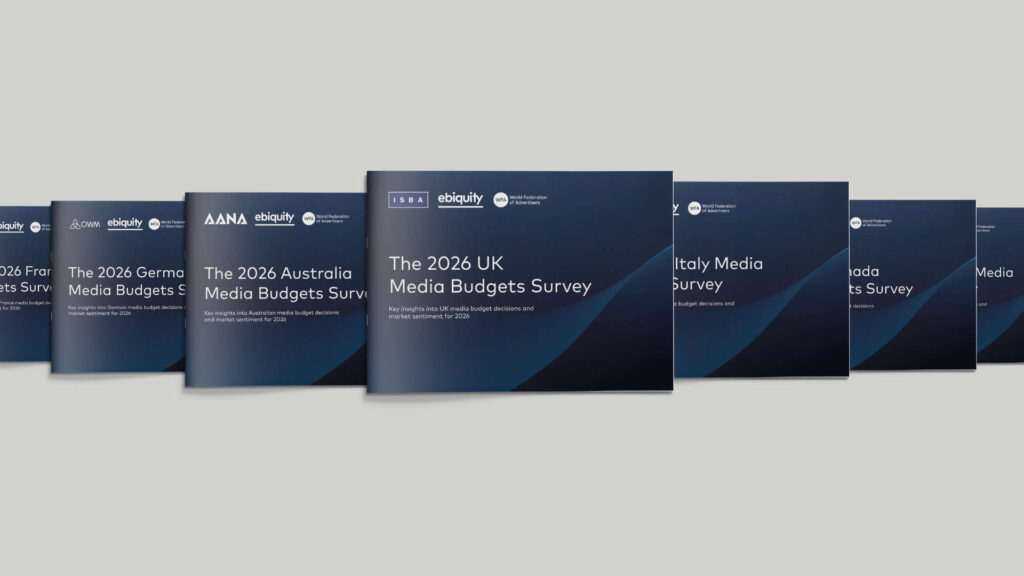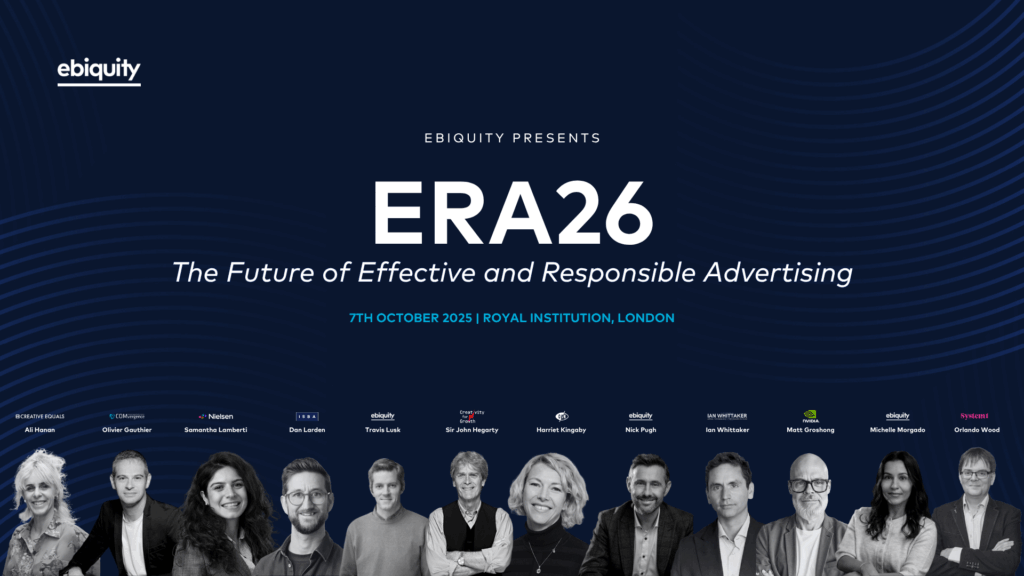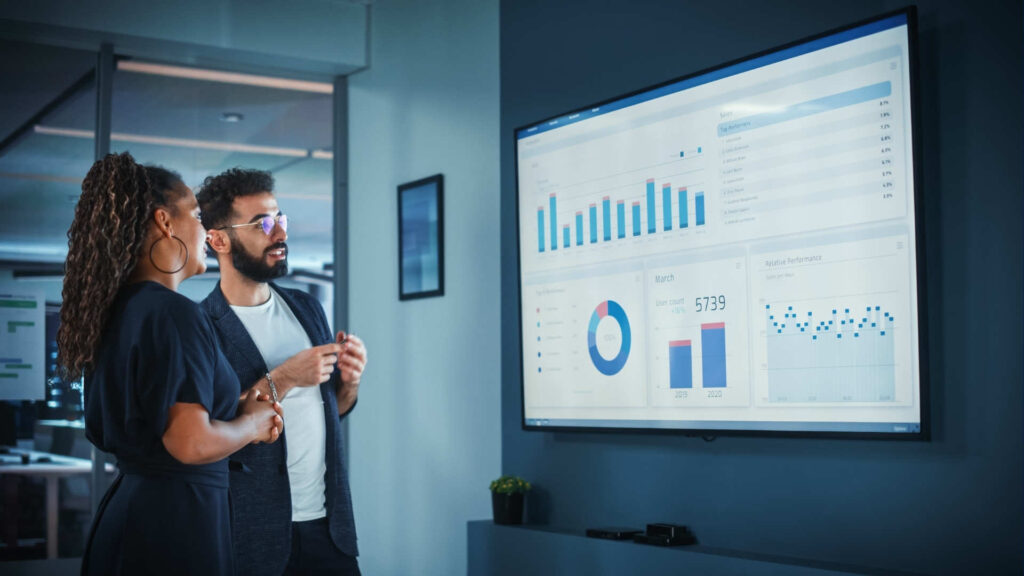Global advertising holding companies are rapidly expanding their influencer marketing portfolios. In July 2024, Publicis Groupe acquired Influential for $500 million, gaining access to an AI-powered platform with 100 billion data points and 3.5 million creators, including 90% of influencers with over 1 million social media followers. According to Influential, its creators collaborate with over 300 brands worldwide.
Also in July 2024, Stagwell acquired LEADERS, an AI-driven influencer marketing firm capable of connecting brands with over 300 million creators. According to Stagwell, LEADERS offers campaign automation, robust analytics, and sales prediction models.
In February 2025, Publicis Groupe acquired BR Media Group, a major Latin American influencer agency, the region’s largest, managing 500,000 creators.
According to Statista, the global influencer marketing market was valued at approximately $21.1 billion in 2023 and is projected to reach around $33 billion by 2025. Given the success of influencer marketing, it is conceivable that other holding companies will make similar investments.
While these acquisitions enhance the holding company’s one-stop-shop capabilities, they also pose significant risks for advertisers. Without safeguards around conflict of interest, data security, confidentiality, and transparency, these acquisitions could erode trust and jeopardize brands, agencies, and creators. Advertisers must enforce strong contractual protections to maintain control over influencer strategies and mitigate legal and competitive risks.
Conflict of Interest
A key concern is how an acquired influencer agency will handle existing brand relationships. Many agencies work with competing brands, but if a holding company has exclusive contracts, will the agency be pressured to drop competitors? Clients need confidence that their campaigns will remain both confidential and unbiased.
Additionally, the holding company’s investment in alternative media raises concerns about its ability to maintain media neutrality. The pressure to maximize returns on the acquisition could influence the agency’s media recommendations, potentially leading to biased advertising strategies. The irony? We’re talking about influencers—masters of subtle (and not-so-subtle) persuasion. If maximizing returns takes priority, the agency’s media recommendations might start looking less like objective strategy and more like a perfectly curated ad disguised as impartial advice.
Data Security & Competitive Intelligence
A major issue in these acquisitions is data access. Influencer agencies manage extensive proprietary data, including:
– Campaign performance metrics across multiple industries.
– Audience insights, including demographics and engagement trends.
– Influencer pricing structures and past negotiation histories.
– Strategic campaign learnings that provide competitive advantages.
If an agency that worked with a global brand is acquired by a holding company servicing its direct competitor, concerns arise about whether past campaign data could indirectly benefit competitors. Even with data firewalls, employees with access to confidential information might unintentionally leverage insights across brands.
Antitrust Concerns: Eliminating Competition & Controlling Pricing
Regulatory bodies would scrutinise these acquisitions for anti-competitive behaviour, particularly in how they may limit competition and potentially manipulate pricing.
– Eliminating Competition: By acquiring major influencer agencies, holding companies consolidate power, reducing independent agencies and limiting advertiser options. Brands may be forced to work within a closed network controlled by a few dominant firms.
– Price Manipulation: With fewer independent agencies, holding companies can inflate influencer rates, reducing pricing flexibility for brands and maximizing profits while restricting negotiation leverage.
– Market Control: Holding companies could prioritize their own advertisers, offering them better pricing and exclusive access to top-tier influencers, while competitors face higher fees and limited availability.
Unchecked, these acquisitions could monopolize influencer marketing, reducing brand choices and driving up costs.
Pricing Transparency
A persistent challenge in influencer marketing is the lack of pricing transparency. Agencies often charge undisclosed fees or apply markups when brokering brand-influencer partnerships. This opacity distorts the value exchange – driving up costs for advertisers while potentially reducing compensation for influencers.
These risks are heightened by a growing trend away from transparent operating models. For example, in Southeast Asia, where an independent influencer agency historically offered high levels of pricing clarity, once acquired by a global holding company, that transparency was replaced by a non-disclosed model. This shift reflects a broader industry pattern where structural opacity becomes the default, limiting advertisers’ ability to assess true value for money.
Further complicating transparency efforts are data protection laws in various markets. Because influencers typically operate on a project basis, agencies are responsible for safeguarding their personal data – including individual fee structures and withholding tax information. In practice, this means advertisers are often shown only the total amount billed, with no insight into what the influencer was actually paid. While rooted in compliance, these constraints contribute to a system where advertisers face increasing difficulty verifying whether they are receiving fair market value or whether their budgets are being quietly eroded by intermediaries.
Holding companies, in particular, have long resisted full transparency in related-party transactions – whether in media buying, influencer deals, or campaign execution. Without contractual obligations that mandate end-to-end visibility – including influencer payments, agency commissions, and markups – there is little incentive for the system to change.
For advertisers, this opacity increases the risk of inefficient spend, misaligned incentives, and diminished control over campaign performance.
Lack of Control Over Influencers
Another structural risk in influencer marketing lies in the limited control advertisers and agencies have over the influencers themselves. Many influencers require full payment upfront before posting content. However, there have been cases where influencers later declined to publish due to disagreements over messaging or personal objections to the brand – such as environmental or political concerns.
When influencers back out after receiving payment, recovery of funds can be difficult, if not impossible. Some agencies attempt to manage this by reallocating the influencer to a different campaign or client, often within the same category. While this might reduce financial loss, it raises concerns around brand fit, campaign effectiveness, and conflicts of interest – particularly when competing advertisers are involved.
Mitigating the Risks: 5 Ways to Take Control
To safeguard their interests, advertisers should implement clear contractual safeguards when working with holding company-owned influencer agencies:
1. Independent Operating Structures – Ensure influencer agencies operate separately from other holding company divisions.
2. Strict Data Firewalls – Implement robust data protection measures to prevent competitive intelligence misuse.
3. Regulatory Compliance Frameworks – Require full adherence to anti-competitive regulations.
4. Transparency in Client Relationships – Obtain written commitments ensuring influencer marketing remains neutral and uninfluenced by holding company affiliations.
5. Pricing Transparency – Mandate end-to-end pricing visibility, ensuring advertisers know exactly how influencer payments are structured.
As the influencer landscape consolidates, advertisers should reassess how partnerships are structured and governed. Reach out to our experts to create clarity and ensure your interests are protected.

